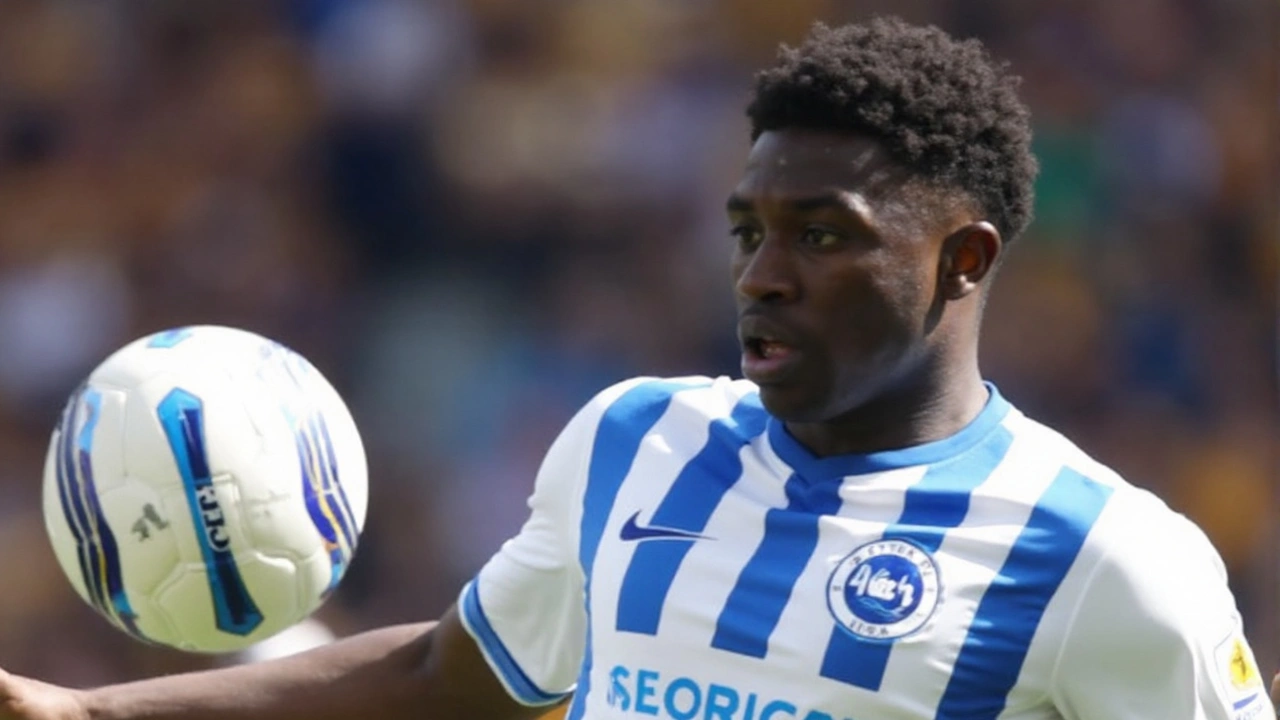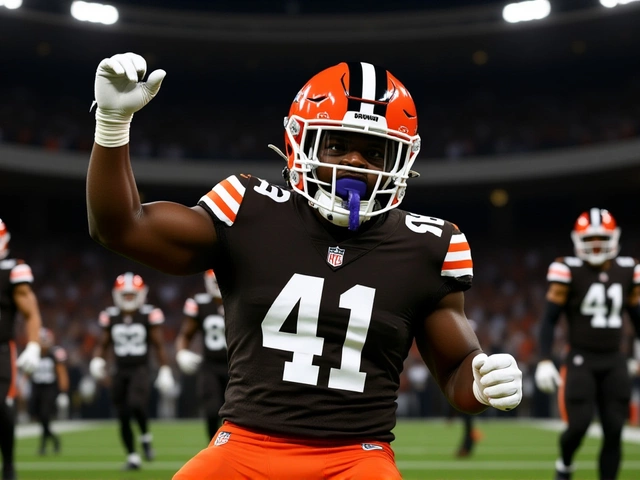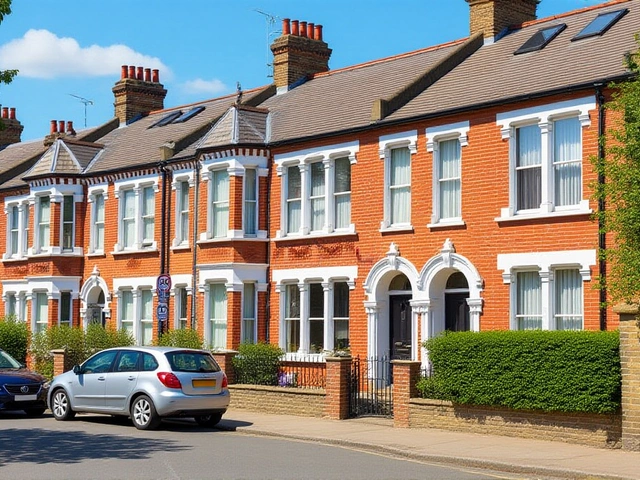Brighton’s clause that moves the goalposts
A quiet line in Brighton’s original deal for Carlos Baleba could swing any transfer battle: a sell-on clause of around 15% owed to Lille on a future fee. That single clause doesn’t grab headlines, but it can add eight figures to the price a buying club must stomach.
Here’s the simple math. If Brighton were to accept, say, a £60 million offer, around £9 million would head straight to Lille before Brighton see the bulk of it. Clubs typically adjust for that by pushing the sticker price higher to protect their net return. So whatever number you’ve seen floated for Baleba, add a sizeable premium on top.
Brighton hold the leverage. The midfielder arrived from Lille in 2023 on a long-term contract, has settled into the Premier League, and fits the club’s model: develop high-ceiling talent, sell only at their price, and never in a rush. We’ve seen that stance before with midfielders they’ve moved on. Negotiations with Brighton tend to be firm, data-led, and patient.
Manchester United’s interest makes sense on paper. Baleba profiles as a modern ball-winner who can cover ground, disrupt play, and drive the ball forward under pressure. He’s raw in places, sure, but the physical profile and composure are hard to find at his age. That combination is exactly what top clubs pay for.
There’s been chatter linking the situation to Andre Onana given the shared Cameroonian link, and some headlines have tried to frame a post-Onana twist to Baleba’s stance. As of now, there’s no verified public comment from the player drawing a line to United or to anything involving the goalkeeper. The hard information on the table remains the sell-on clause to Lille and Brighton’s strong position.
How a move would actually happen
United’s midfield planning has been an ongoing project. They need legs, recovery speed, and ball progression to complement or refresh their current options. Baleba ticks those boxes, but a move depends on a few practical hurdles: price, timing, and the Premier League’s profitability and sustainability rules (PSR).
PSR shapes behavior. Spending now forces savings later, and amortization only stretches so far. Add a sell-on clause into the equation and the total outlay climbs further. Any bid for Baleba would need to be part of a broader summer plan, likely paired with exits or staggered payments to keep the books in line.
Competition is another factor. Midfielders who can press, carry, and hold their shape against elite sides are scarce. Rival recruitment teams know Baleba well from his Lille days and now from Brighton’s exposure. If Brighton signal any openness to talks, multiple clubs will be on the call sheet, which typically nudges the fee upwards.
Brighton also value timing. They prefer to sell earlier in a window to buy replacements on their terms. A late swoop tends to incur a “stress tax.” If United want to be serious, moving early and decisively is the smart play—otherwise Brighton can let the clock do the work for them.
What about the fit? Tactically, Baleba brings defensive coverage across the midfield line, an appetite for duels, and the ability to play through pressure rather than around it. He’s not a pure sitter in the Casemiro mold, but he can anchor phases, especially in a double pivot, and he offers more carry-and-release than a traditional shield. That versatility allows managers to change rest-defense shapes without sacrificing ball security.
There is risk, as with any 20-year-old. Decision-making in the final third is still evolving, and discipline around fouls will be watched closely by coaches at the very top. But the developmental curve is trending the right way, and Brighton’s coaching environment has already rounded some of his edges.
So what moves the needle? Three things: Brighton’s price, the player’s preference, and whether United can free up wages and fees through sales. If the fee creeps beyond the mid-£60m range, some clubs might pivot to alternatives. If Baleba makes it clear he wants one specific destination, that can soften the stance—but Brighton have ridden out player preference before unless the bid matches their valuation.
Expect talks, if they happen, to revolve around structure. Clubs often offer guaranteed fees plus performance add-ons tied to appearances, European qualification, or trophies. With a sell-on clause already in play, Brighton may emphasize higher guaranteed money over add-ons, ensuring Lille’s cut doesn’t swallow too much of the upside.
For fans trying to read the room: no public release clause has been reported, Brighton are under no pressure to sell, and the player is at a stage where minutes and development matter as much as the badge. That mix sets up a long negotiation rather than a quick splash.
If you’re United, the case for Baleba is simple: upside now, starter potential later, and a profile aligned with the league’s direction. The case against is the premium cost once you factor in the sell-on and PSR. That’s the trade-off. Brighton know it, Lille benefit from it, and the rest of the market will price off it.
Bottom line on the known facts: there is a 15% sell-on clause to Lille, Brighton will price accordingly, and any bidder—including United—will have to decide whether elite physical and technical potential at 20 is worth paying the Brighton tax.
- Clause impact: 15% to Lille likely raises Brighton’s asking price.
- Market dynamics: scarce profile, multiple suitors, early bids matter.
- Financials: PSR and wage bill management dictate pace and structure.
- Player pathway: minutes and role could influence his decision more than badge alone.





